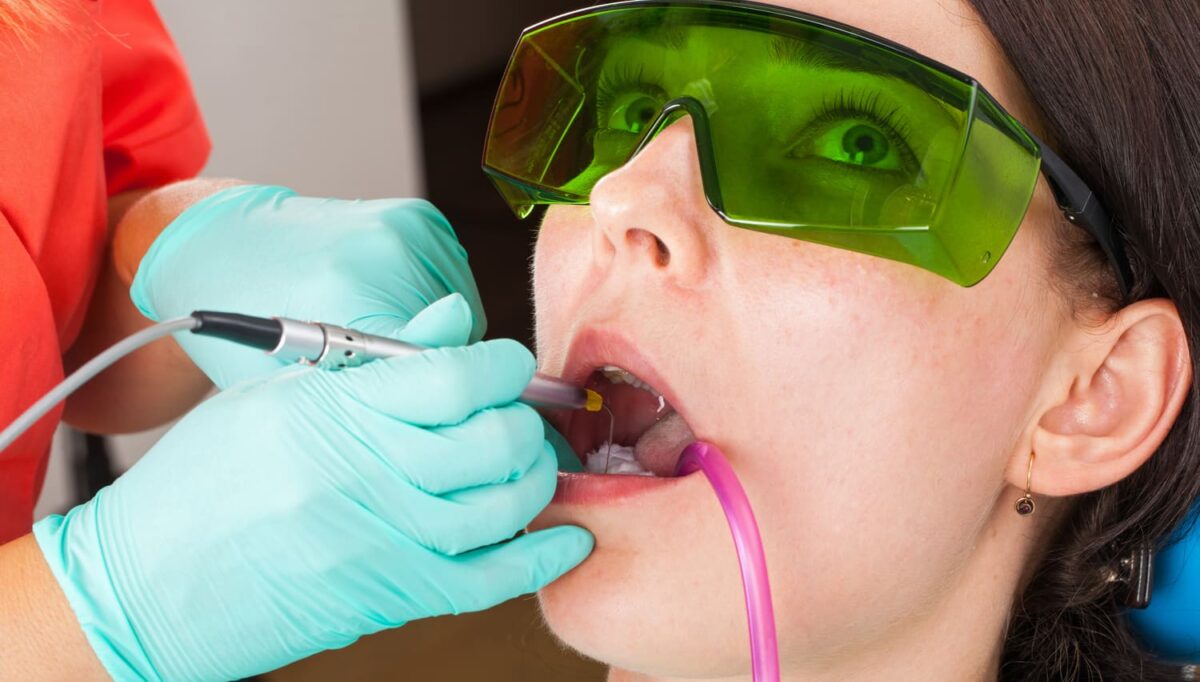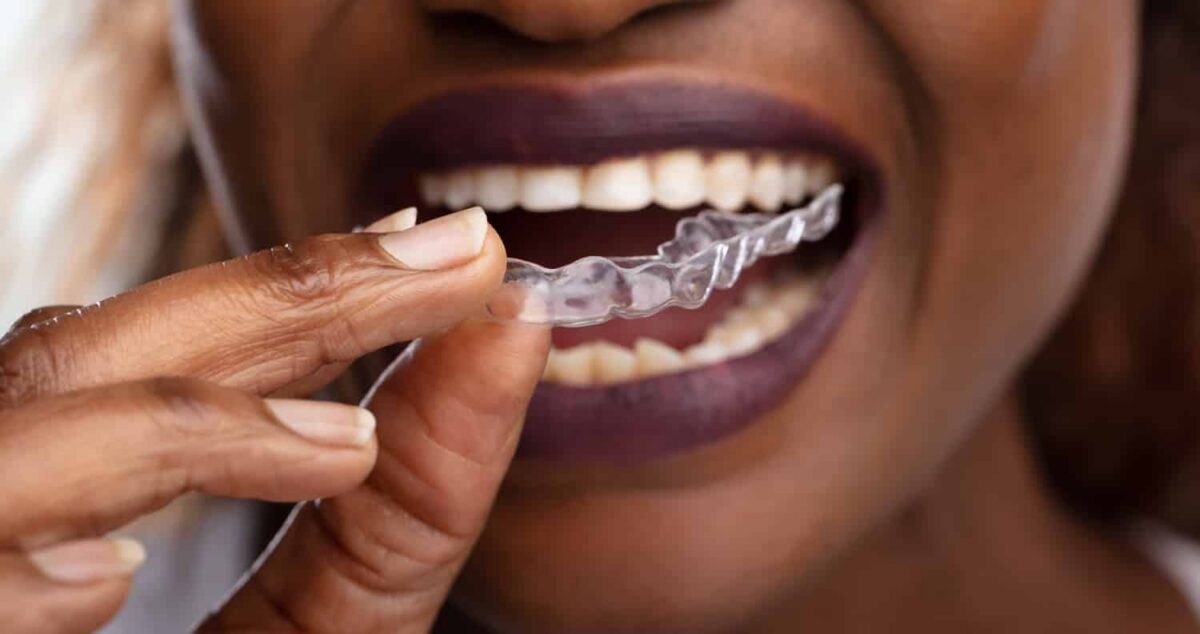When most people think of dentistry, they imagine cleanings, fillings, or maybe braces. But did you know that dentistry is also an art? Dentists use both science and aesthetics to create healthy, beautiful smiles. The appearance of your teeth isn’t just about looks—it plays a key role in your overall oral health and even your self-esteem. Let’s explore how the art of dentistry blends beauty with function.
The Science Behind a Smile
Dentistry is rooted in science. Every treatment, from a simple filling to complex dental implants, is based on scientific principles. Dentists focus on restoring teeth to their natural function, ensuring that you can chew, speak, and smile comfortably. But there’s more to it than just function. The way your teeth look is just as important as how they work.
This is where the artistic side of dentistry comes in. Dentists must consider the size, shape, and color of your teeth, along with how they align with your facial features. A smile that looks good often means that the teeth are in the correct position, which can help prevent future issues like uneven wear or misalignment.
Aesthetics and Restorative Dentistry
When you need a restorative dental procedure, such as crowns, veneers, or implants, the dentist doesn’t just fix your teeth—they also enhance the appearance of your smile. A well-done crown or filling should blend in with the rest of your teeth, making it nearly invisible. Dentists use techniques like color matching to ensure that your restoration is functional and aesthetically pleasing.
Cosmetic dentistry goes even further. Procedures like teeth whitening or bonding are done to improve the look of your teeth, and they can have a huge impact on how you feel about your smile. Many patients report increased confidence after cosmetic dental procedures; a brighter smile can even improve your self-image.
The Connection Between Aesthetics and Oral Health
A good-looking smile is often a healthy one. Teeth that are straight and properly aligned are easier to clean, reducing the risk of cavities and gum disease. When your teeth look their best, you’re more likely to take better care of them, brushing and flossing regularly. Patients who are happy with their smiles are often more motivated to keep up with dental visits, too.
At the same time, a smile that isn’t aligned can lead to a variety of oral health problems. Crooked teeth can trap food particles, leading to plaque buildup, while missing or damaged teeth can affect your bite and cause jaw pain. By focusing on both the health and appearance of your teeth, dentists can help prevent long-term oral health problems.
Ready to Enhance Your Smile?
At Smith Dentalworks, we believe in the perfect balance of art and science. Our team uses the latest techniques to ensure your smile is both beautiful and healthy. Whether you want to restore a damaged tooth or brighten your smile, our dentists are here to help. Schedule an appointment today to learn how the art of dentistry can transform your oral health.
Call us today and take the first step toward the smile you’ve always wanted!











